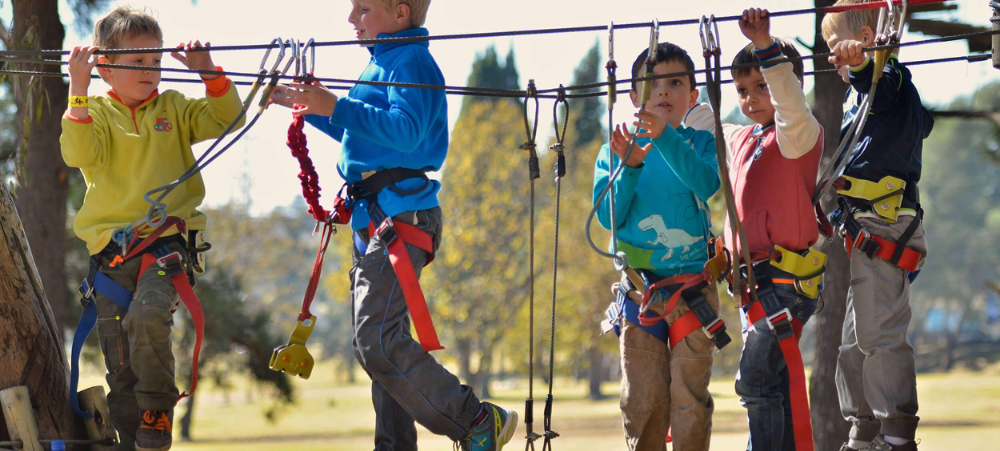
Four Classic Reasons a Child Misbehaves
I’ve been working with parents and other caregivers for over 20 years, helping them find solutions to their children’s challenging behaviour s. The adults who come to me want to know what to do about the behaviour and providing them with easy-to-apply solutions is my ultimate goal. To get there, I ask the caregivers a series of questions about the behaviour and all contributing factors that will help lead me to the underlying problem that is causing the child’s challenging behaviour. According to leading psychologists, a child’s behaviour falls into one of these four primary categories. See if you can connect past or reoccurring incidents of challenging behaviour from your child, to either of these. Communications When a child is tired, grouchy, and whiny, he or she is not likely to walk up to the parent and say, “Gee dad, I’m feeling a little tired right now. Do you mind if I lie down and take a nap?” They are however, very likely to not cooperative, throw a fit, or refuse to get into the car seat. In this case, their behaviour is communication about the fact that they have had enough stimulation and need sleep. Expression of Needs On occasion I would take my 3 year old granddaughter to the mall with me and like her mother many years before; I would sometimes end up chasing her through the crowd. In a quick moment if I let go of her hand, with a mischievous smile she would run from me yelling, “Catch me grandpa!” Her giggling told me that she wanted to play with me and her way of expressing that need was to run away and get me to chase after her. This required me to firm up the boundaries on the next trip and to find more appropriate ways to satisfy her need to play. Experimentation A woman contacted me for help with her five year old. The little girl began walking around on her hands and knees, barking like a dog. She was probably experimenting with the act of pretending to be a dog, to see what it felt like, and to see what the reaction of her adult caregivers would be. The woman initially became very annoyed with the constant barking. Her scolding created a new motivation in her daughter to do it more because it became unexpectedly fun for the little girl to drive mommy crazy! Unconscious Drives Famed psychodynamic psychologist Sigmund Freud believed that processes are constantly working in the unreachable subconscious region of the mind. These processes are thoughts that can trigger emotions and behaviour s in an adult or a child. If a child is living in a situation where adult chaos is present, the chaos can become worry, fear, or anxiety for a child which can then generate challenging behaviour s for the caregivers. The adult chaos may be in the form of parents fighting, a single mother feeling and acting stressed, parents and grandparents in conflict, or even a teacher who has not been taking care of herself. Children look to their caregivers for a sense that things are OK and when they don’t appear OK, the child is likely to reflect that unstable sense through their own behaviour .


































